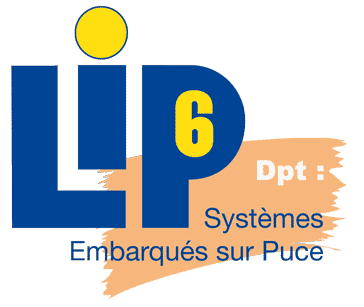| 35 | | == Run ALMOS on TSAR == |
| | 35 | == Start the simulation == |
| | 36 | |
| | 37 | Before any use of the distribution package you need to set some environment variables: |
| | 38 | |
| | 39 | {{{ |
| | 40 | cd DISTRIB |
| | 41 | source ./SourceMe |
| | 42 | }}} |
| | 43 | |
| | 44 | '''Note''': by default you have to source this file from its local directory, that is, ''DISTRIB/.'' |
| | 45 | |
| | 46 | Now got to ''DISTRIB/test/pf1'' and run ''make sim1'': |
| | 47 | |
| | 48 | {{{ |
| | 49 | cd DISTRIB/test/pf1 |
| | 50 | make sim1 |
| | 51 | }}} |
| | 52 | |
| | 53 | This will launch the TSAR full-system simulator with its 4 ttys terminals and one frame-buffer window. You will end by having a shell prompt on the tty1. |
| | 54 | |
| | 55 | The tty0 and tty3 are reserved for the kernel trace and information messages. For a user application, the tty1 represent the stdin and stdout while the tty2 represent the stderr. |
| | 56 | |
| | 57 | ''Sim1'' rule means the simulator of TSAR is configured to one cluster, that is, 4 cores. Using ''sim4'', ''sim16'', ''sim64'' or ''sim128'' lets you start the simulator with (respectively) 4, 16, 64 or 128 clusters of 4 cores each. |
| | 58 | |
| | 59 | ''' Note ''': although the hardware configuration can be changed at each simulation, there is no need to recompile or regenerate the kernel. The kernel of ALMOS detects the hardware resources at each boot. A user application can get the number of online using the standard ''sysconf'' call (man sysconf). |
| | 60 | |

